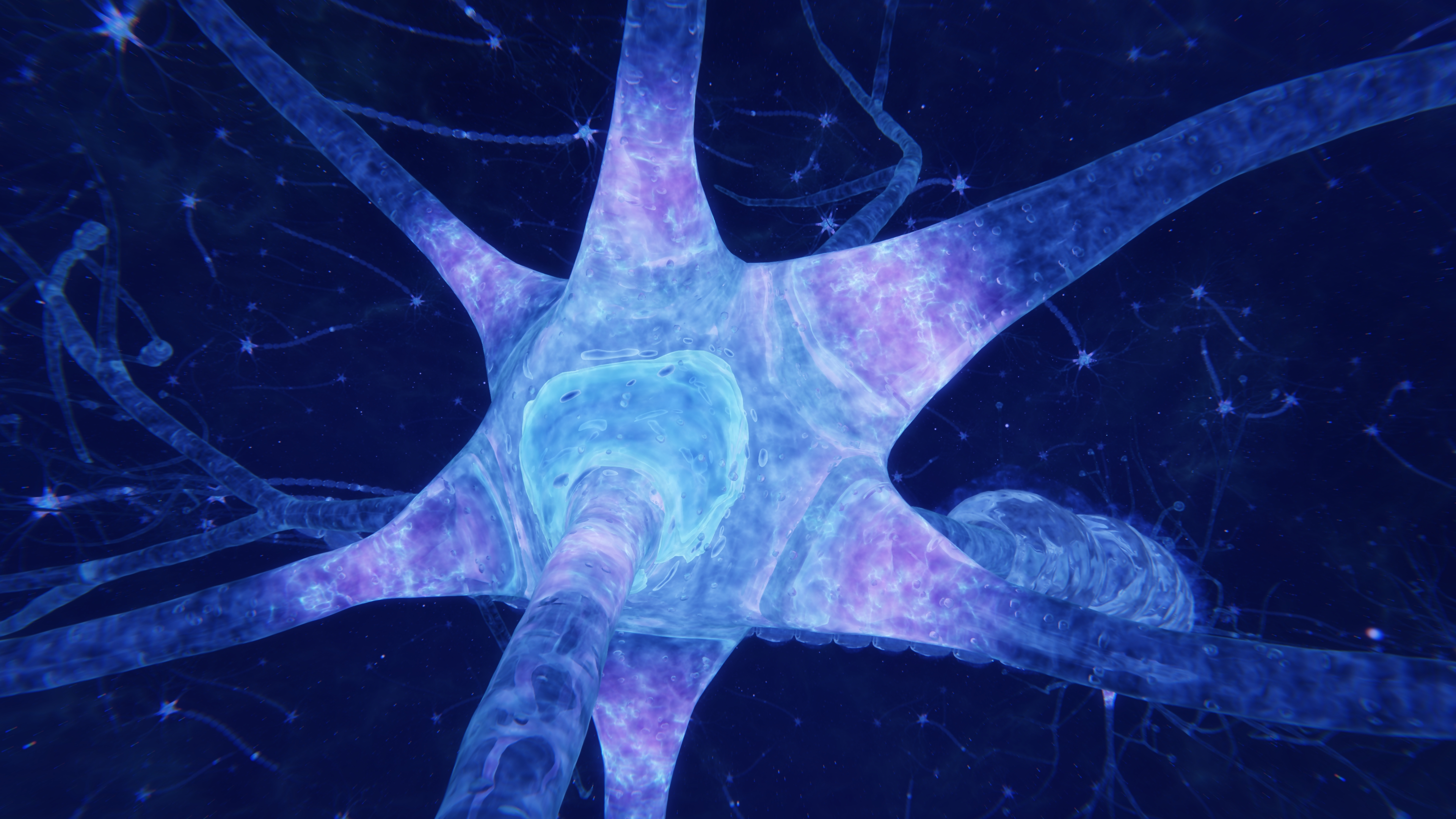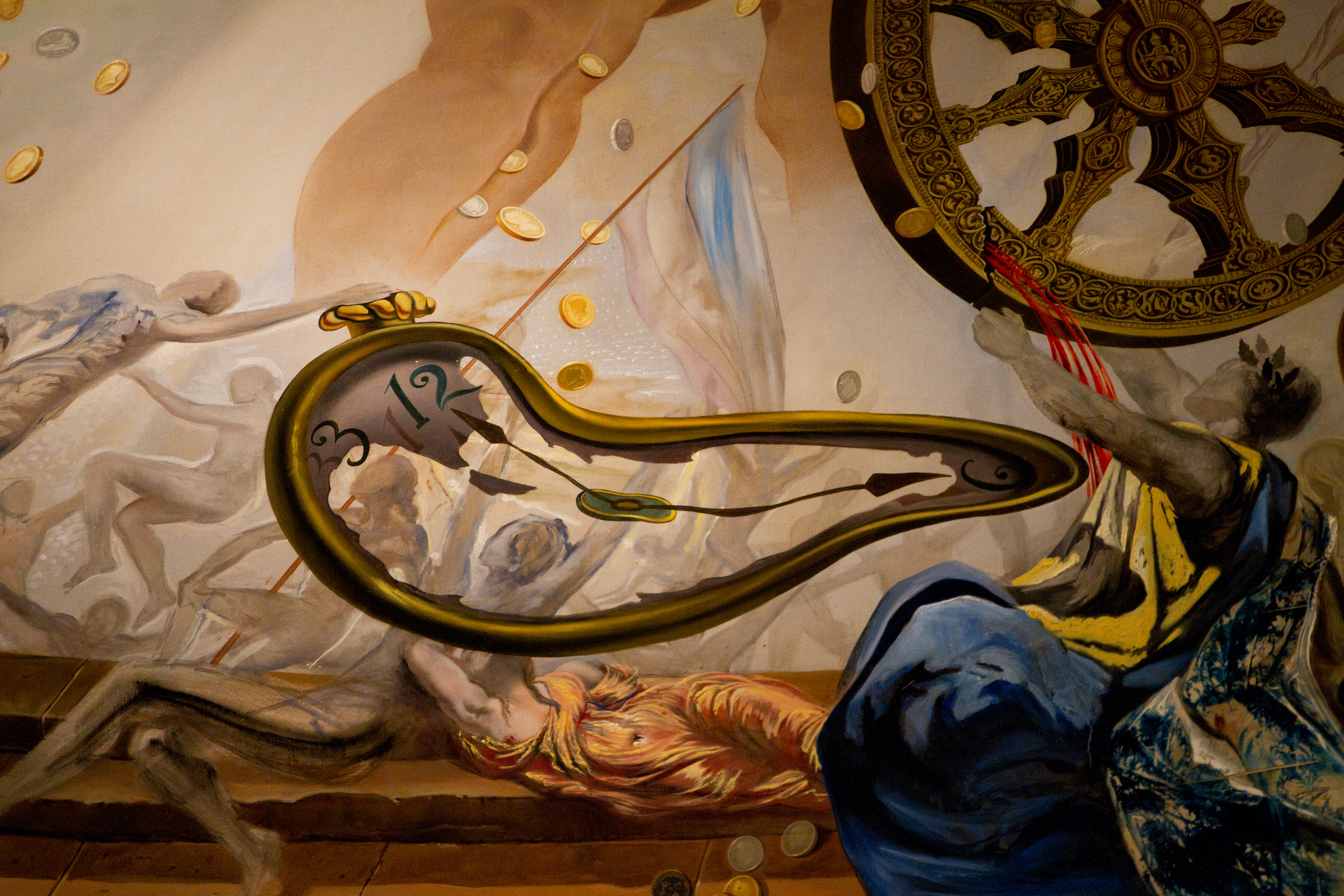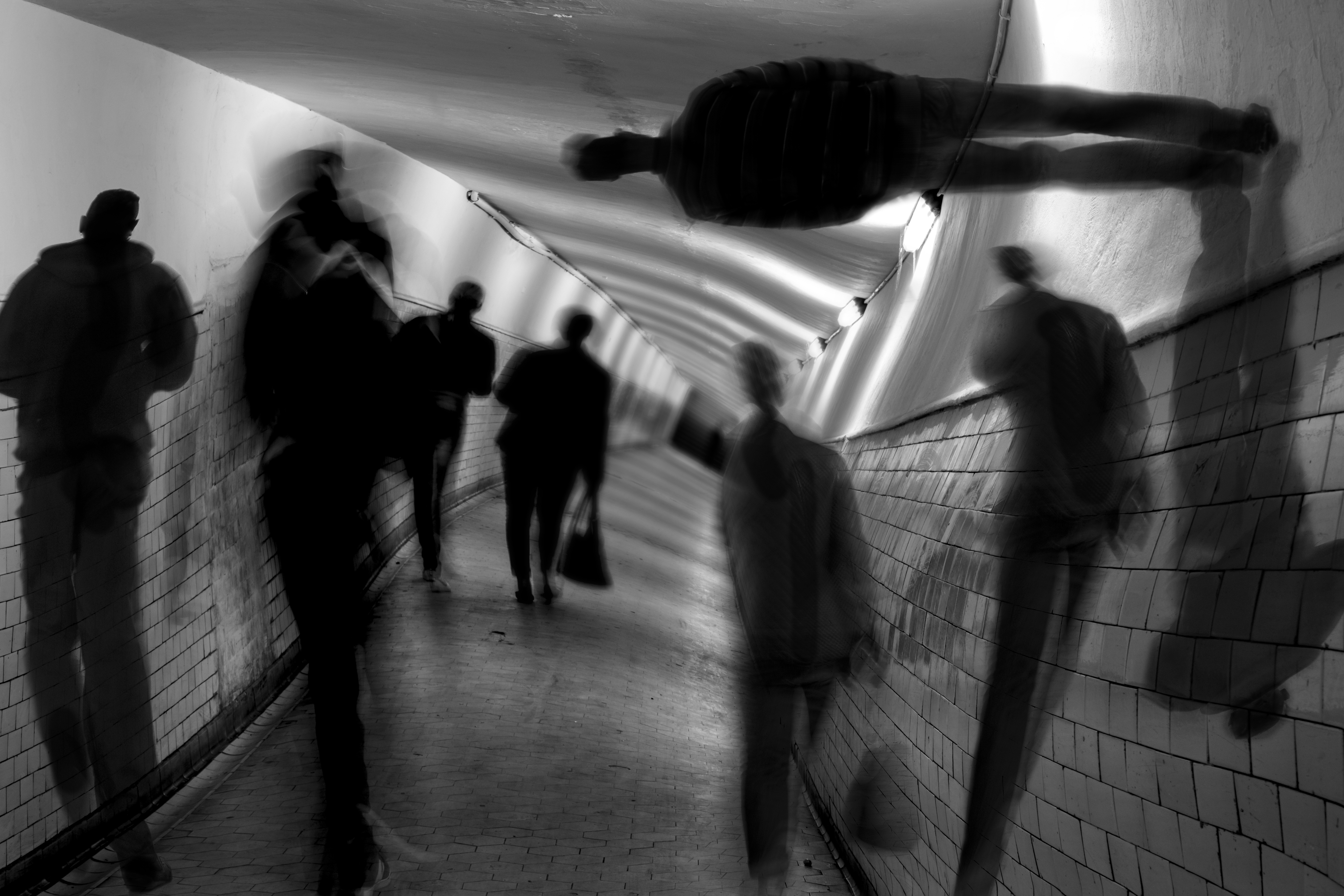There's a natural way to think about how the brain accomplishes perception, which is that the brain takes in sensory signals from the world and it reads out these sensory signals in the brain. In this view, perception is a kind of bottom-up or outside-in process in which the brain is extracting information from sensory input.
But this isn't how things are. Sensory information that comes into the brain is necessarily ambiguous and noisy. Imagine that you are a brain: you’re locked inside a bony skull, you have no direct access to what's out there in the world. All you get are electrical signals, and these electrical signals don't come with labels, they just arrive at the brain.
In order to make sense of these signals, the brain has to combine its prior expectations about the causes of these signals. These are prior beliefs about what's out there in the world, and it has to combine them with sensory signals to form its best guess about what's out there in the world. This is what we consciously see – it’s a best guess about what caused the sensory signals that the brain receives.


